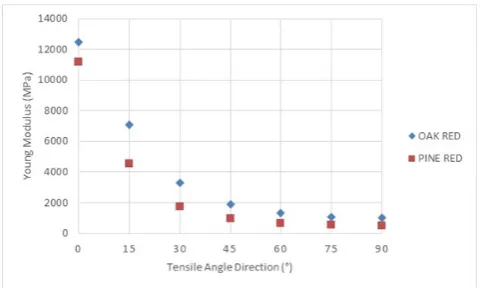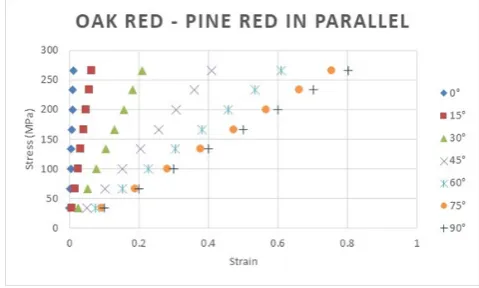The Influence of Tensile Angle Direction on the Young Modulus of Single and Combination of Two Anisotropic Materials
Full text
Figure
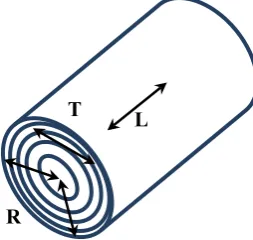
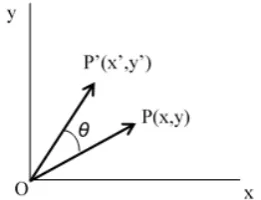
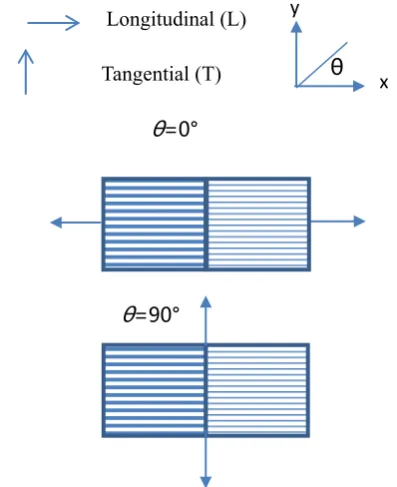
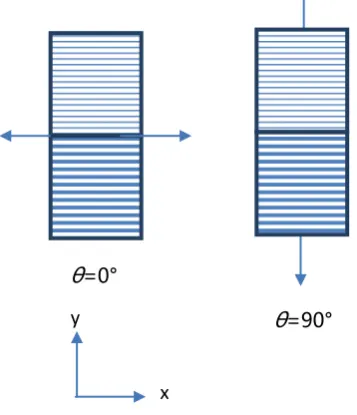
Related documents
Level of workplace stress among staff nurses working at PICU in selected tertiary care hospital, Bangalore. Int J Health
observed that among all the compounds tested on these three cell lines, most of the compounds showed maximum activity on prostate cancer cell lines (DU- 145).. This
Background and Objectives: Serratia marcescens , a potentially pathogenic bacterium, benefits from its swarming motility and resistance to antibiotic as two important
Insulin resistance led to onset of Type-II diabetes mellitus and is commonly associated with other cardio vascular risk factors like dysbetalipidema, hypertension and
Antimalarial activity was found better in case of drug loaded SLNs followed by plain drug and then marketed formulation in case of preventive than curative
The optimized MWPA was concentrated and extracted using ethyl acetate and was further determined for its antimicrobial properties against Gram positive and Gram negative bacterial
There are infinitely many principles of justice (conclusion). 24 “These, Socrates, said Parmenides, are a few, and only a few of the difficulties in which we are involved if
subspecies of Daucus carota were absent in Daucus crinitus. There is a certain variability in phytochemical composition between the two species.
